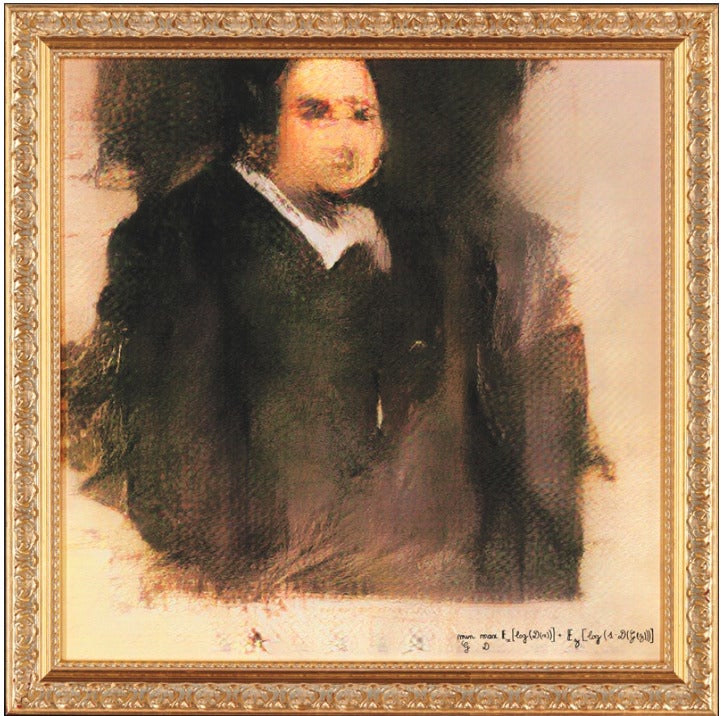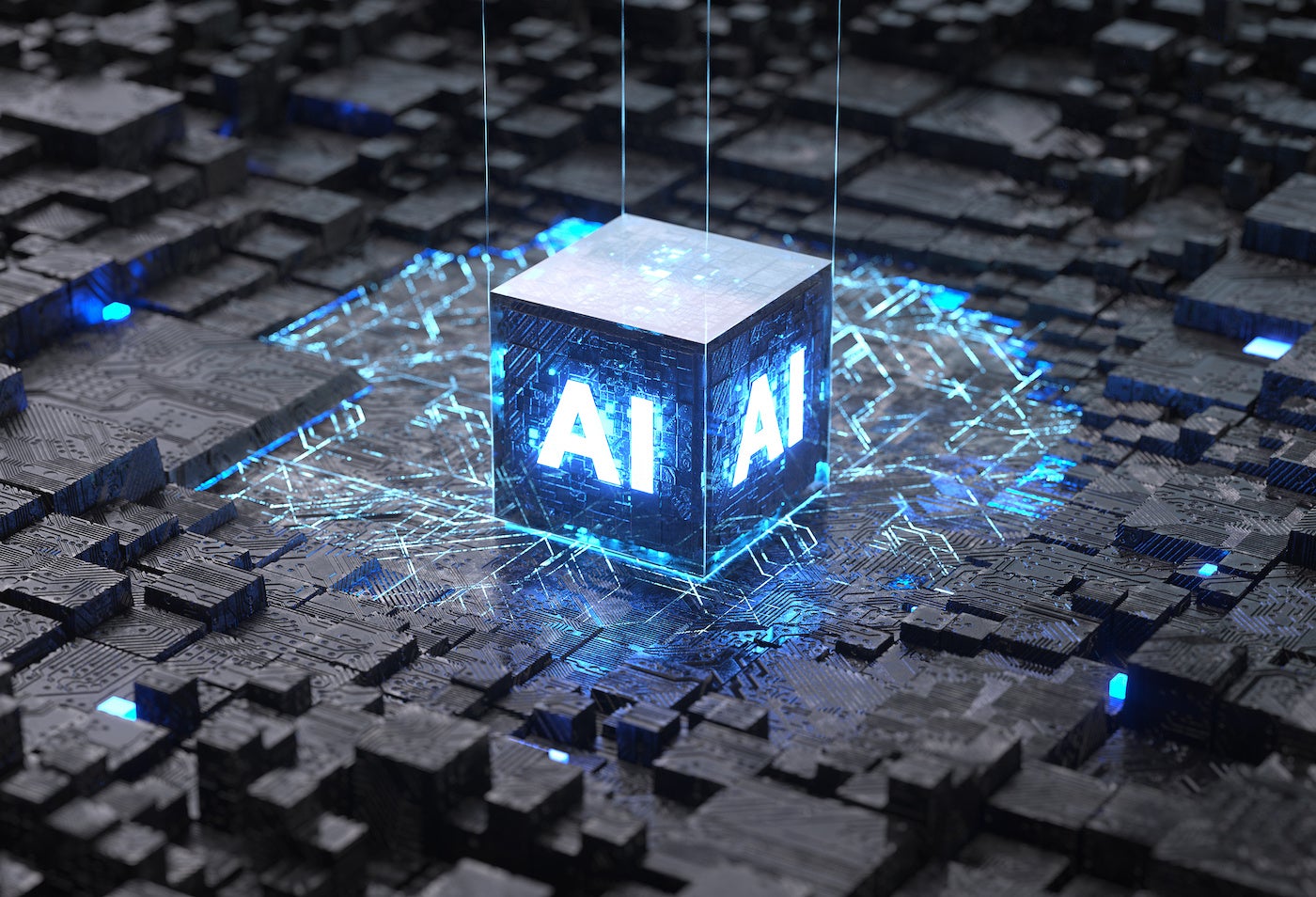AI-generated art has gained massive popularity in recent years. Nowadays, you don’t need to be a skilled artist to create artwork — non-artists can easily enter a text prompt into a text-to-image generator. With the click of a button, it generates a masterpiece in seconds or minutes.
This allows individuals to generate and post more artwork than they’ve been known to have the skills for, leading to both excitement and controversy. Advocates of AI-generated art argue that it opens up new possibilities and expands the definition of what art can be. However, critics are skeptical of the hype, and some believe AI produces poor-quality art.
How did we go from masterpiece to controversy? Well, AI-generated artwork has been accused of lacking creativity and artistic depth. There’s also the concern about copyright infringement, and some even perceive this kind of art as a devaluation of human talent.
Legal considerations for AI art
Legal frameworks are still evolving to keep pace with advancements in AI technology, particularly the generative AI space, which have made it possible to create complex, abstract or photorealistic art using text prompts.
The legalities of using AI-generated art can vary depending on the jurisdiction and specific circumstances.
Who owns AI art?
Concerns have been raised about the ethical implications of AI-generated art, especially regarding who owns the copyright of AI-generated artwork. Is it the artist who created the prompt, the AI algorithm or the company that developed the AI?
PREMIUM: Use this artificial intelligence ethics policy.
This question becomes even more complicated when the AI is trained on copyrighted works or uses existing images as a base for generating new ones. This has sparked many legal cases, as artists and businesses rush to protect their rights over their digital assets.
One notable example of this is Getty Images’ suit against Stability AI, which was accused of having “unlawfully copied and processed millions of images protected by copyright and the associated metadata owned or represented by Getty Images.” Though this is a licensing issue, the fact that Getty Images is suing Stability AI shows how serious the case of copyright infringement by AI-generated artwork can be.
Can AI art be copyrighted?
Different countries have different laws and interpretations regarding copyright and intellectual property. For example, the United States views AI-generated art as the output of a machine and that it is not eligible for copyright protection, according to federal copyright standards set by the Register of Copyrights. The ruling requires “human authorship” for a work of art to be considered for copyright.
Is AI art legal to use?
AI art is generally legal to use unless it infringes upon someone else’s copyright or intellectual property rights. To avoid any legal complications when using AI art generator tools, it is recommended to avoid tools that use copyrighted material for their training data. Some AI art generators, such as Deep AI, indicate in their terms of service whether their tools are free of copyright.
On the other side of things, Spawning AI recently launched a tool named Have I Been Trained. The tool allows artists to check if their works were used to train models like Stable Diffusion and Imagen — and flag them for removal.
Organizations are banning AI art to stay ahead of legal issues
Because of copyright concerns, some organizations have taken steps to ban the use of AI-generated art. For instance, Getty Images has banned the upload and sale of illustrations generated using AI art tools like DALL-E, Midjourney and Stable Diffusion.
“AI art is now BANNED by many major game dev studios due to ‘possible legal copyright issues,’” said Trent Kaniuga, a professional video game designer and artist, on X (formerly Twitter). “Many old clients are amending contracts recently to end the use of AI art.”
Nature, a scientific journal, also announced in June 2023 that it will not publish images or videos created using generative AI tools.
Why do artists hate AI art?
Artists may have various reasons for being wary or disapproving of AI-generated art. The skepticism and resistance towards AI art stem from artists’ desire to protect and preserve the integrity, authenticity and creative spirit that make art a profoundly human endeavor.
Artists worry that the ease with which AI-generated art can be created and shared may lead to an oversaturation of mediocre artwork, making it harder for skilled artists to stand out and make a living.
Artists pride themselves on their ability to express themselves, tap into emotions and create unique and personal works of art. The idea that an AI can replicate or mimic these abilities, potentially diminishing the value of artistic endeavors and the artistic process, can be perceived as a threat to their professional identity.
Furthermore, artists believe the essence of art lies in the human touch, emotions and subjective interpretation. Many artists view AI-generated art as lacking the depth, complexity and storytelling of human imagination and intuition.
Controversial AI artworks
The controversy surrounding AI-generated art stems from concerns about creativity, originality, copyright and the impact on the art market. There are several controversial AI artworks that have gained popularity in recent times.
Théâtre D’opéra Spatial
In 2022, Jason M. Allen created the piece called “Théâtre D’opéra Spatial,” or Space Opera Theater, using the Midjourney AI art generator (Figure A). Allen submitted the art as an entrant to the Colorado State Fair’s annual art competition and won first place blue ribbon. Many artists were not happy about this.
Figure A

In response to the award, an X (formerly Twitter) user, WillibrordusART said, “This is outrageous. Prompting a machine to make you something does not make you an artist. As an artist of any style/technique we put in the time to hands on create something. The guy can type and refresh the process a few times, and that is being compared to craftsmanship???”
This attracted public criticism — when reached by a New York Times reporter, Allen said, “I’m not going to apologize for it. I won, and I didn’t break any rules.” He made it known that he submitted the artwork under the name “Jason M. Allen via Midjourney,” stating that the art was created using the Midjourney AI tool.
Boris Eldagsen, The Electrician
Similarly, Boris Eldagsen won the World Photography Organization’s Sony World Photography Awards for a piece titled The Electrician (Figure B).
Figure B

The art resembles an old picture of two ladies, one of whom is crouched behind the other. Another individual reaches their hand near the front woman’s body. The German artist rejected the prize after revealing that his submission was generated by artificial intelligence.
Portrait of Edmond Belamy
The “Portrait of Edmond Belamy” is considered the first artwork created by an algorithm to be sold at auction (Figure B). It was created using a deep learning algorithm known as a generative adversarial network by Hugo Caselles-Dupré, Pierre Fautrel and Gauthier Vernier, known as Obvious (Collective).
Figure C

The artwork gained significant attention and was sold at a Christie’s auction in October 2018 for $432,500. The sale sparked a debate about the role of artificial intelligence in the art world and raised questions about authorship and creativity.

